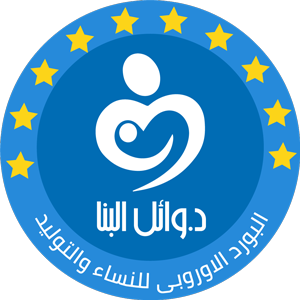Who is affected by molar pregnancy ?
Anyone who falls pregnant can be affected by GTD but it is more common in women who are from an Asian background.
How is GTD diagnosed?
The most common ways that women are diagnosed are:
-Vaginal bleeding in pregnancy
like a miscarriage
– On ultrasound (scan)
-Excessive morning sickness needing hospital admission
(this is because the placenta is growing at a rate faster than normal that
makes more pregnancy hormones)
How is it treated and monitored?
The treatment is to remove the
abnormal pregnancy from the womb. This procedure is called a curette (D&C),
which is
performed under a general anaesthetic (you will be asleep).
The cells from the D&C are tested in a laboratory for GTD.
After the diagnosis of a molar pregnancy/GTD it is important to have follow up
and monitoring. The D&C is sufficient treatment in the majority
of GTD.
Follow up and monitoring means having blood tests initially on a weekly basis
to check that the pregnancy hormone levels return to normal and stay that way
for up to six months.
Will I need further treatment?
Depending on the type of molar
pregnancy between 4-15% of women will develop persistent disease that needs
more treatment.
This is called Gestational Trophoblastic Neoplasia (GTN).
This means that abnormal cells
have developed despite the curette.
The abnormal cells can travel to other parts of the body, therefore your doctor
will arrange for you to have scans.
The treatment of women with
persistent disease is usually several courses of
chemotherapy until blood tests return to normal.
The best way to detect GTN early is to follow the advice of your doctor and have the regular follow up blood tests as recommended. Detecting GTN early before it has spread gives the best chance of curing low risk GTN.
